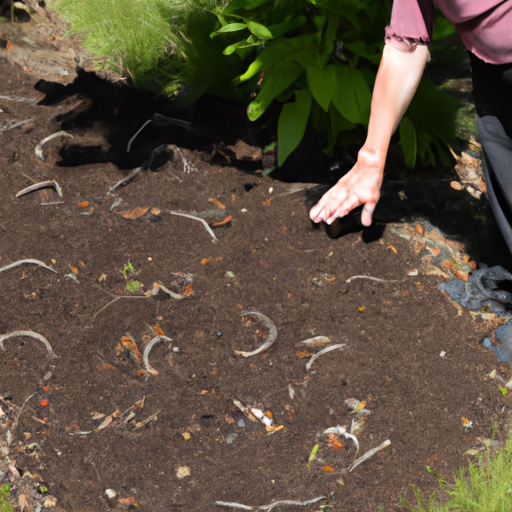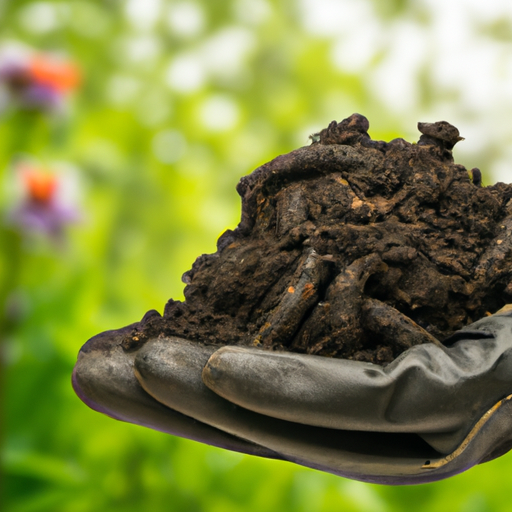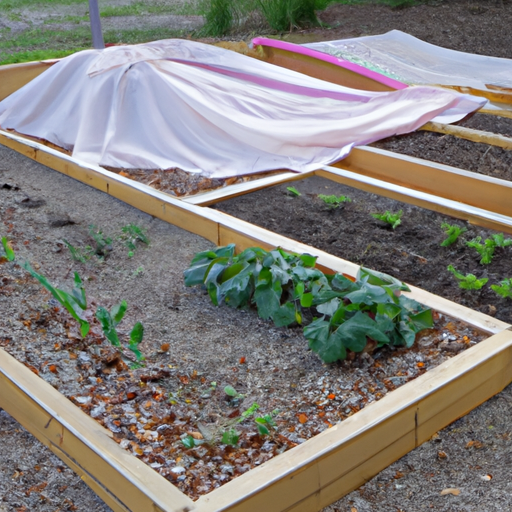The Secrets of Organic Pest Control
I love to garden, and I know how important it is to maintain a healthy and beautiful space free from pesky invaders. That’s why I’ve made it my mission to find the best organic pest control methods that keep my garden looking gorgeous and protect the environment. After trying various organic pest control techniques, I’m excited to share my experiences and findings with you. In this friendly guide, we’ll explore the different types of organic pest control, and I’ll reveal which ones have worked best in my garden. So, let’s dive in and learn how to make your garden thrive with organic plant pest control!
Natural Pest Control for Gardens: An Overview
When it comes to controlling garden pests organically, there are several methods you can try. Each has its own benefits and drawbacks, but what they all have in common is their commitment to protecting the environment and the health of your garden.
Biological Control
Biological control involves using natural enemies to manage pests in your garden. This method is highly effective and environmentally friendly, relying on predators, parasites, and pathogens to keep pest populations in check. Some examples of biological control agents include ladybugs, lacewings, and beneficial nematodes.
Cultural Control
Cultural control is all about creating an environment that’s unfavorable to pests. This can involve crop rotation, companion planting, and proper sanitation practices. By making it harder for pests to survive and reproduce, you’ll reduce their impact on your garden without using chemicals.
Mechanical and Physical Control
Mechanical and physical control methods involve using physical barriers, traps, or manual removal to protect plants from pests. Examples include floating row covers, sticky traps, and hand-picking pests off your plants. While these methods can be labor-intensive, they’re highly effective when used consistently.
Botanical Control
Botanical control involves using plant-based products to manage pests. Some examples include neem oil, pyrethrum, and essential oils. While these products are derived from natural sources, it’s essential to use them judiciously, as they can still harm beneficial insects if not applied correctly.
The Best Organic Pest Control for Vegetable Gardens
Now that we’ve covered the different types of organic pest control let’s dive into which ones have worked best in my vegetable garden.
Biological Control: The Star Performer
In my experience, biological control has been the most effective method for organic pest control in vegetable gardens. Introducing ladybugs and lacewings into my garden significantly reduced aphid populations, while beneficial nematodes kept soil-dwelling pests like grubs and cutworms at bay. Promoting a balanced ecosystem has kept pests under control with minimal intervention.
Cultural Control: A Must-Try Strategy
Cultural control has also been highly effective in my garden. By rotating crops and using companion planting, I’ve minimized pest problems and created a healthier environment for my plants. For example, planting marigolds near tomatoes has helped deter nematodes, and intercropping lettuce with taller crops like corn has reduced slug damage.
Mechanical and Physical Control: Worth the Effort
Although mechanical and physical control methods can be labor-intensive, they’ve been very effective in my garden. Using floating row covers has protected my young plants from pests like cabbage moths and flea beetles, while hand-picking pests like tomato hornworms have kept their populations in check. Investing time in these methods has paid off with healthier, pest-free plants.
Botanical Control: Use with Caution
While botanical control can be helpful, I’ve found that using these products with caution is essential. Overusing neem oil or pyrethrum can harm beneficial insects like bees and ladybugs, so applying them judiciously and only when necessary is important. I’ve used botanical control in my garden as a last resort when other methods haven’t been as effective. I’ve carefully followed label instructions and applied them appropriately to minimize harm to beneficial insects.
Organic Gardening Bug Control: Tips and Tricks
To maximize the effectiveness of organic pest control in your garden, consider the following tips:
Monitor your garden regularly: Keep an eye on your plants and watch for signs of pest damage. Early detection allows you to address pest issues before they become severe.
Encourage beneficial insects: Plant various flowers and herbs that attract beneficial insects like ladybugs, lacewings, and parasitic wasps. These insects will help keep pest populations in check.
Maintain a clean garden: Remove plant debris and weeds regularly to reduce hiding places for pests. Proper sanitation practices can go a long way in preventing pest problems.
Practice patience: Organic pest control methods may take longer to show results compared to synthetic pesticides. Be patient and give the methods time to work.
The Best Natural Pest Control for Gardens
In my experience, the most effective organic pest control methods have been biological, cultural, mechanical, and physical control. I’ve controlled pests by creating a balanced ecosystem, promoting beneficial insects, and using manual removal and barriers and enjoyed a healthy, thriving garden.
Organic pest control in gardens doesn’t have to be complicated or time-consuming. You can maintain a beautiful and productive garden without harmful chemicals with some planning, vigilance, and patience. So, try these organic gardening insect control methods and watch your garden flourish!





